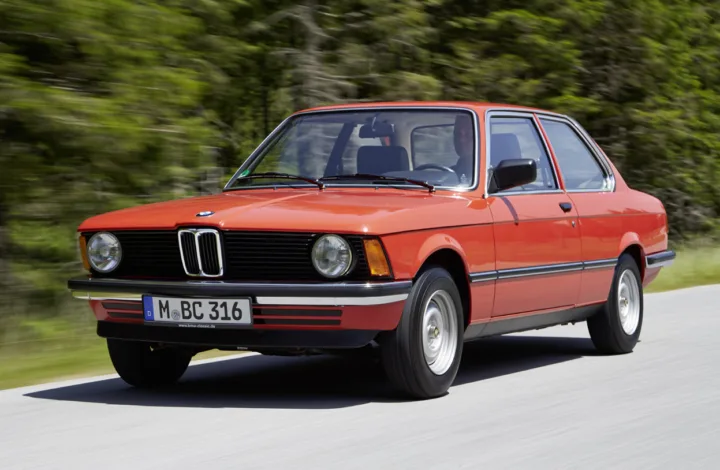The first BMW 3 Series turns half a century old
The BMW E21 remains in history as the first generation of the legendary 3 Series, which was produced from June 1975 to December 1983. Its first official presentation to the media was made personally by the BMW Board of Management, headed by Herbert Quandt, at the Olympic Stadium in Munich. For its entire production history, the model was only available as a two-door coupe (with the exception of Baur convertibles) piese auto online.

The BMW E21 was initially produced only with carbureted, four-cylinder petrol engines with displacements of 1.6, 1.8 and 2.0 l. Fuel injection was introduced at the end of 1975 in the 320i, and in 1977 the first version with a carbureted 6-cylinder engine appeared in Europe. However, only a modernized version of the four-cylinder unit with direct injection was sold in the United States. In 1978 the 3 Series received its first six-cylinder engine with fuel injection, first implemented in the flagship 323i, and in 1981 the 1.6-liter version 315 with reduced power debuted. Baur conversions were produced from 1978 to 1981 and were available with all engine versions. The first 3 Series was not available in M3 form, but a few examples were made based on the model with the largest six-cylinder engine, the 323i.
The design of the E21 is naturally close to that of the new 5 Series (E12), introduced in 1972. It also retains the characteristic BMW curve of the rear pillars, known as the “Hoffmeister bend”. The main inspirer for the artistic direction in the development of the brand during this period was the French stylist Paul Braque, who headed the BMW design department from 1970 to 1974. His positive influence on the image of the elite German manufacturer is undeniable, and the Design Museum in London defines the E21 as one of the “fifty cars that changed the world”.
The interior design of the E21 stands out with the introduction of a new design concept, in which the center console and the central area of the dashboard are angled towards the driver. This subsequently became a BMW trademark for many years. In the context of passive safety, all edges and control elements in the interior are rounded and padded.
During its remarkable nine-year production career, the E21 produced a total of 1,364,039 units, 4,595 of which were converted by Baur.
- 2025-12-13 - Porsche has launched a special version of the 911 in honor of visionary designer Ferdinand Alexander Porsche
- 2025-12-12 - They are lifting the ban on internal combustion engines!
- 2025-12-11 - Volkswagen's unknown Mini, created half a century ago
- 2025-12-10 - SMZ-C3D: myths and facts about the legendary "Invalidka"
- 2025-12-09 - Renault 25: a sense of luxury from the 80s
- 2025-12-08 - Creative freedom in socialist Poland: the cross between Fiat 126P and Polonez
- 2025-12-06 - Toyota GR GT: Supra's bigger "brother" comes with a V8 engine
- 2025-12-05 - Opel OSV 40: the battle for safety began half a century ago
- 2025-12-04 - 60 years since the premiere of the first Opel GT
- 2025-12-03 - The Fabia lacks subtlety












